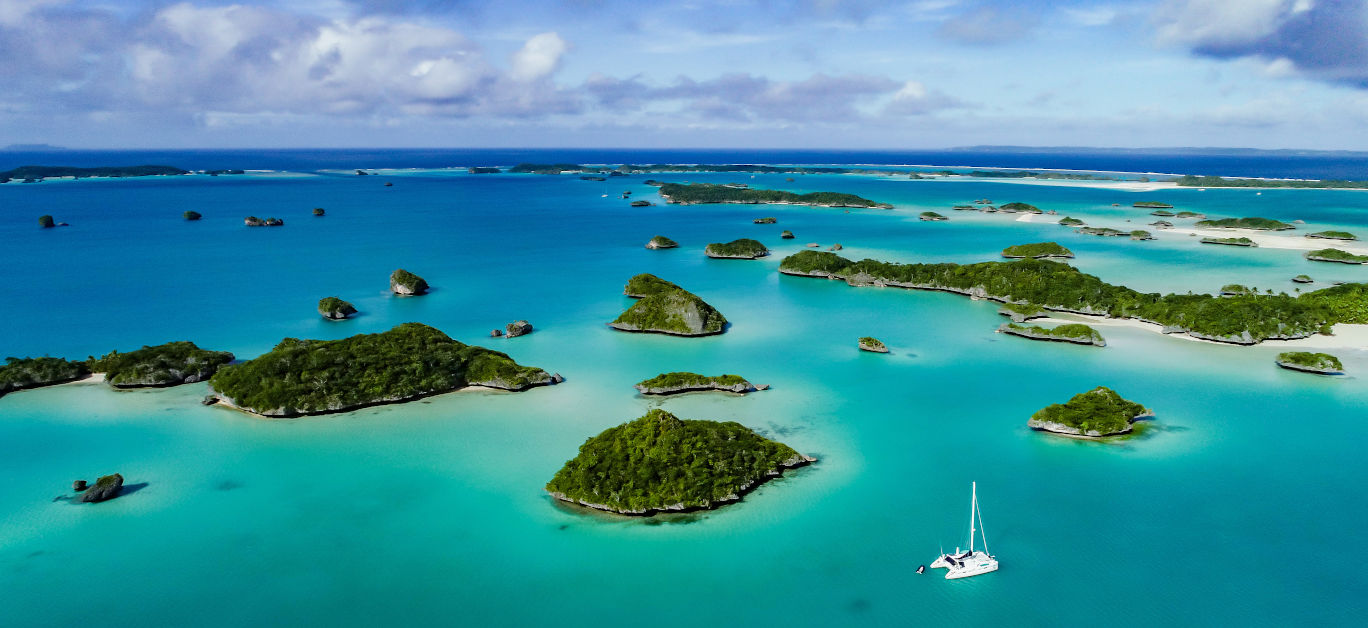With high-net-worth individuals currently eyeing up their summer getaways, the world’s leading luxury experiential travel company, Cookson Adventures, shares its list of the top remote and untouched islands to explore in the summer of 2021.
From idyllic white sand beaches off the coast of West Africa, to secluded underwater mountain ranges in the Pacific Ocean, these remote locations are perfect for those looking to get off the grid and avoid the summer crowds.
Bijagós, Guinea-Bissau
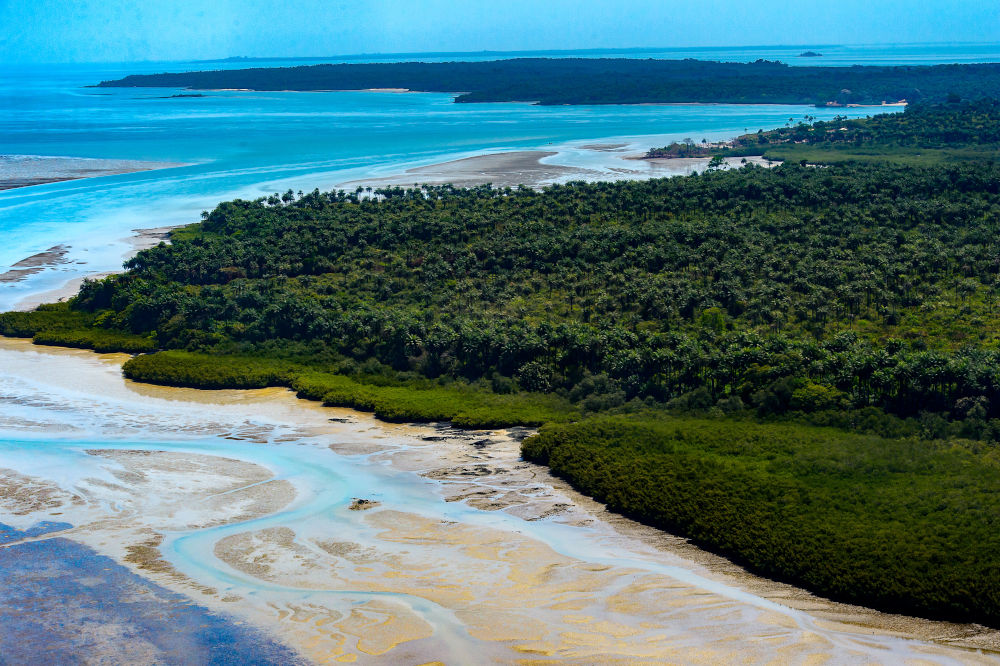
This hidden archipelago, located three hours from the West African coast, is an untouched idyll of pristine beaches and old-growth forests. Explorers can spend a new day at a new island, picking between one of the 68 uninhabited islands for al fresco dining and uninterrupted water sports.
Beyond the white-sand beaches, scene-stealing wildlife can be seen from playful chimpanzees and riotously colourful birdlife to roaring hippo and giant tortoises. There’s also a glimpse of Bijagós’ past to be seen in its crumbling colonial facades and traditional thatched villages.
Aldabra, Seychelles
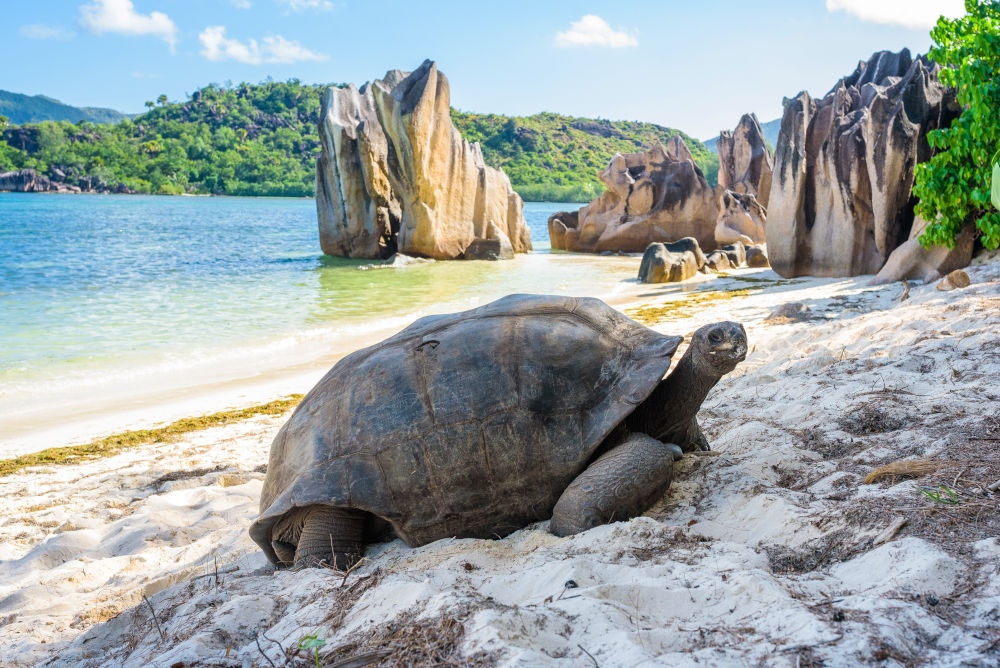
Largely untouched by mankind, the world’s largest raised coral reef is flung out in the Seychelles’ far western remotes, virtually unchanged for thousands of years. Due to its isolation, this UNESCO-listed natural wonder is a perfect model of an untouched ecosystem, making it vital for the study of evolutionary and ecological processes. Its white sands, forested interior and idyllic waters are home to everything from prehistoric flightless birds that are otherwise extinct to giant coconut crabs, coral ‘mushrooms’ and 150,000 roaming giant tortoises.
Not only is it the last place on the planet to be dominated by reptiles and one of only two saltwater breeding sites for giant flamingos, but explorers will be able to get in the water with rare dugongs, schooling mantas and blacktip reef sharks in numbers that wouldn’t be seen anywhere else.
Socotra, Yemen
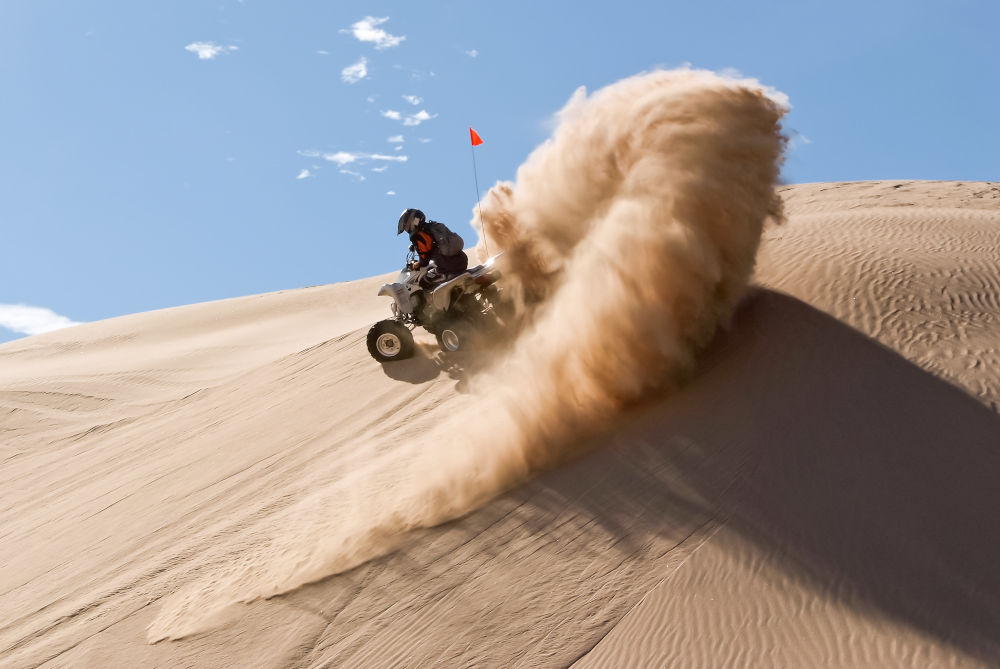
A history fraught in territorial dispute has meant there are virtually no tourists visiting this secretive Arabian island. The reward for reaching its hypnotically blue (and now peaceful) shores, however, is almost unimaginable, as there’s no other place like it on Earth. Left to evolve in isolation for millions of years, Socotra’s collection of species has one of the planet’s highest levels of endemism, yet it hasn’t received half the stardom seen by the Galápagos.
It’s notoriously hard to reach, which is why Cookson’s on-the-ground handlers are developing new ways of travelling there. Alongside ex-military specialists, explorers can enter a world of alien landscapes and search for outlandish dragon trees that seep a blood-like resin or race sand boards down dunes for hundreds of metres towards the beach. Either way, this tailored itinerary would be the very first of its kind.
The Lau Group, Fiji
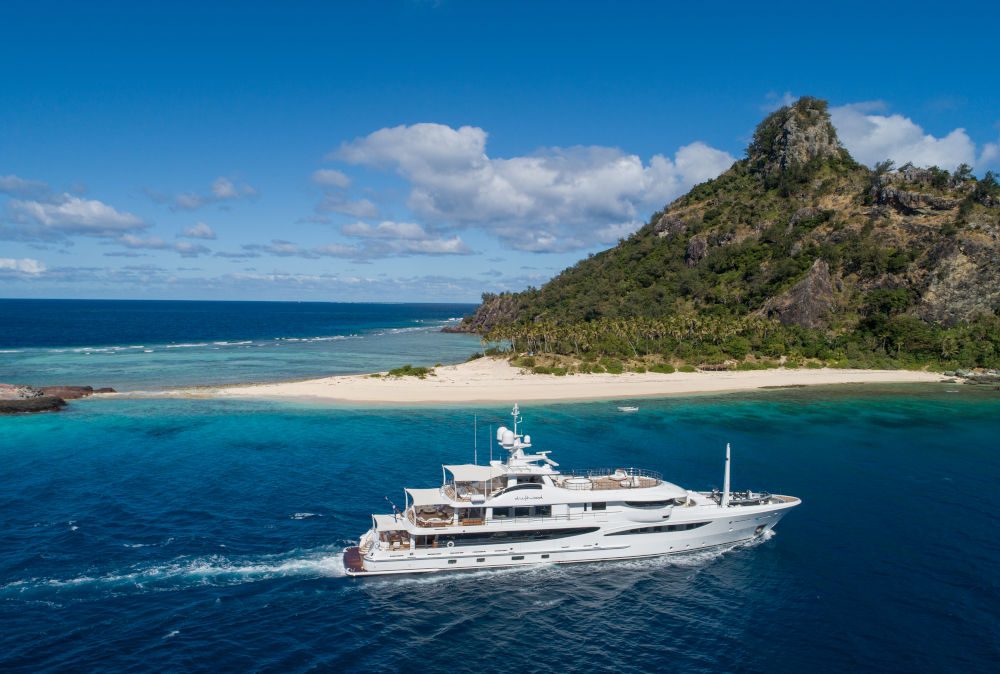
The Lau Group is the least visited and most remote islands of Fiji and can only be accessed by seaplane or yacht. There’s little or no tourism here, with many of the islands uninhabited, so Cookson’s explorers will experience traditional Fijian culture while hopping between sheltered lagoons, dramatic islets and arches.
Cookson’s experts will guide explorers to the best dive and snorkel sites using their unrivalled knowledge of Fiji. They can meander amongst a rainbow of soft corals to spy reef fish, turtles and sharks, or sea kayak from mangroves to warm lagoons, making the most of their yacht’s kit.
There’s also a rare opportunity to support research into the manta rays in the Lau Group, which have never before been studied. Very little is currently known about their population, their behaviour and demographic in the region. Cookson’s guests can head out with the scientists to set-up underwater cameras and capture data that will hopefully lead to their protection.
Socorro, Revillagigedo Archipelago
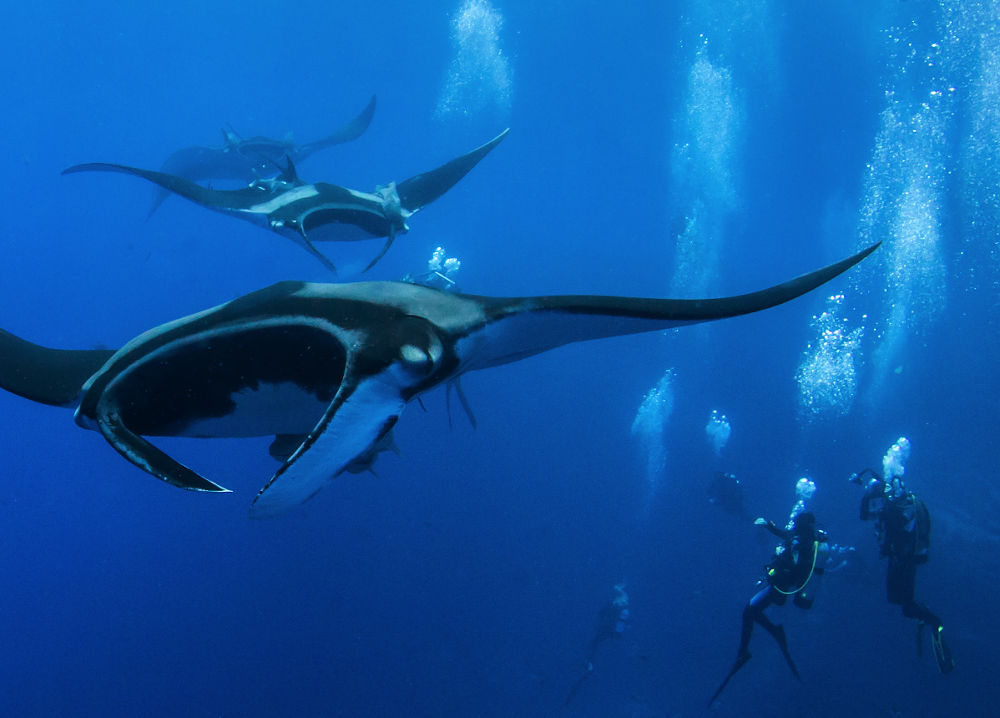
Far off the coasts of Central and South America lie volcanic islands and underwater mountain ranges so remote that visiting them by yacht is the only option. Together Socorro, Clarion, San Benedicto and Roca Partida are known as the Revillagigedo Archipelago. Some have dubbed it the ‘superhighway’ of the Pacific as recently scientists were astonished to find the number of pelagic species riding its currents.
This is also home to some of the largest aggregations of sharks in the world including Galápagos, silky and silvertips. Here manta rays migrate in great numbers to cleaning stations, lobsters cover pinnacles and tiger sharks arrive to feed on the reefs’ scattered crustaceans and visiting sea turtles.
With accommodation unavailable on the islands, a yacht offers unparalleled comfort to survey the sweeping oceans before plunging beneath the waves to dive sites that are just as rewarding as they are demanding. As well as exploring these waters, explorers can meet our marine biologists aboard a research vessel to spend time shark-tagging and checking underwater cameras.
South Georgia Island, Sub-Antarctic Island
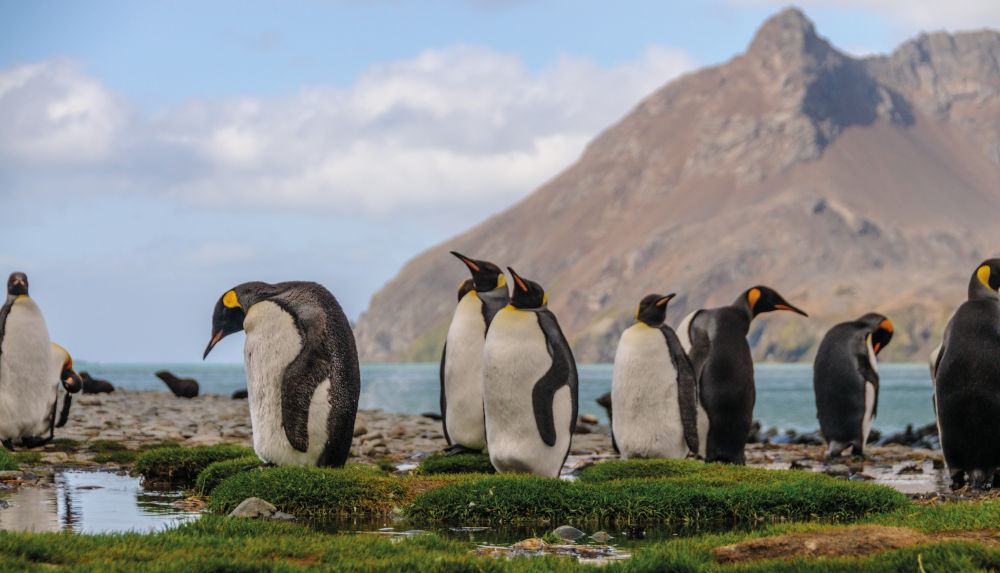
Show-stopping scenery and vast penguins colonies create an otherworldly adventure in the planet’s southernmost continent. Any time spent reaching South Georgia Island will be quickly paid off by the sights and sounds of the overwhelming amount of wildlife along its shores.
Sailing here onboard a private yacht, visitors don’t just have a front row seat to this epic show, hundreds of miles from any permanent human settlement; they can actively take part, contributing to vital conservation projects. This might include joining researchers to monitor the penguin population, which has some of the world’s largest colonies of black-banded chinstraps, long-tailed gentoos and yellow-crested macaronis. Or it could involve observing the graceful wandering albatross at sea or counting the recovering population of southern right whales.
Backed by snow-capped mountains, huge glaciers and craggy offshore islets, it’s a surprise that any creatures survive on South Georgia in such an unforgiving environment, let alone thrive in such astonishing numbers. To witness this untamed wilderness first-hand, though, is heart-soaring and sensational.
Imagery supplied by Cookson Adventures.












